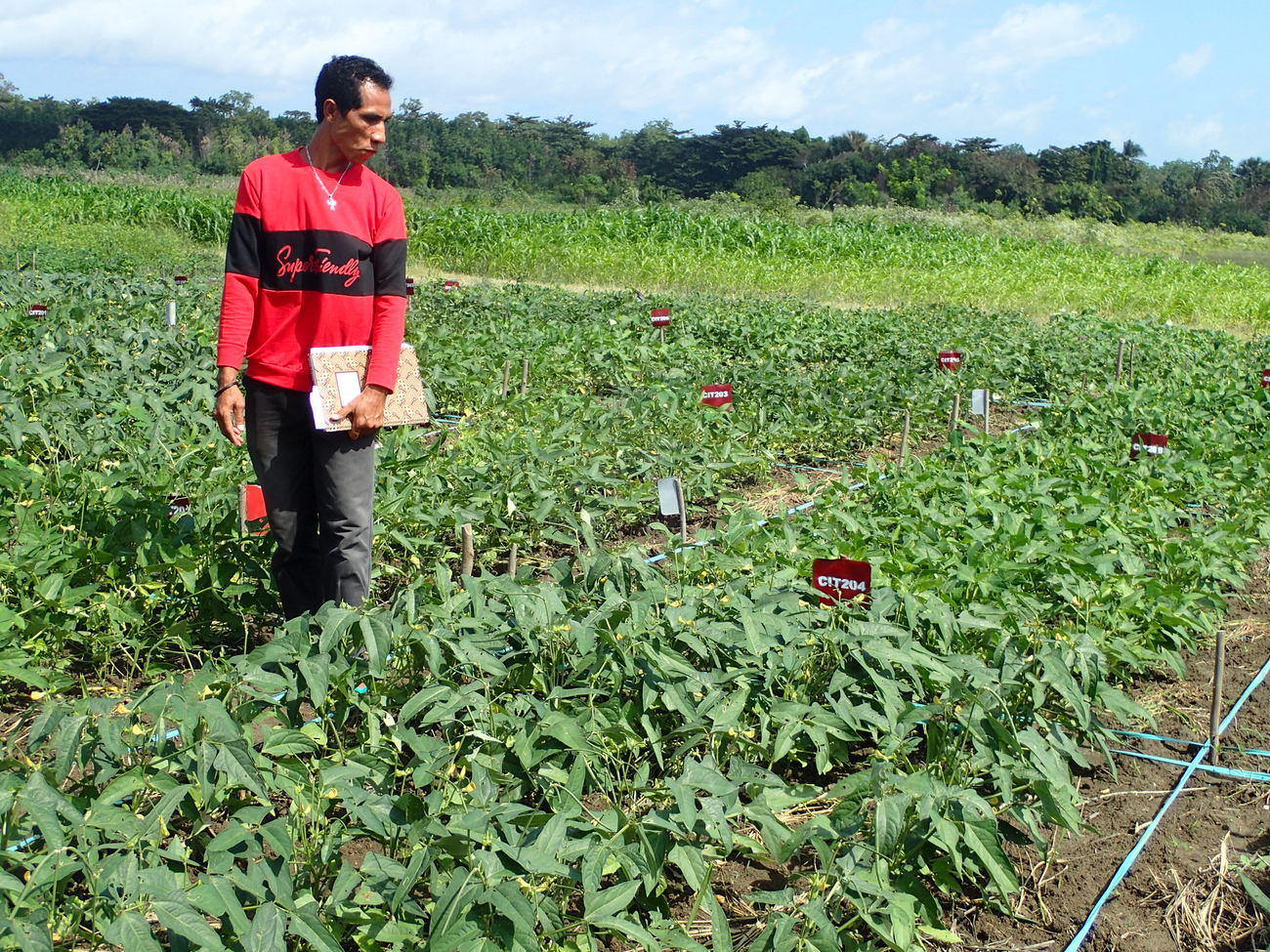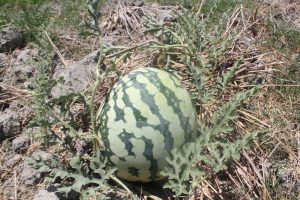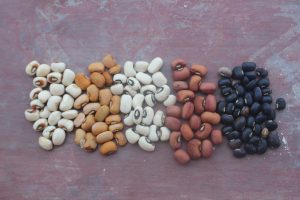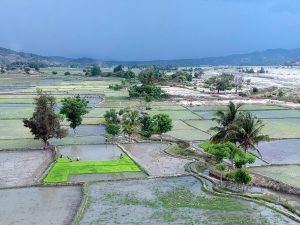Passing through a quiet village in Timor-Leste’s rural west you’ll see gaggles of children playing in the scrub and grass by the sides of the roads. Shaded by papaya trees and tracing lines through tall home-garden corn stalks, they’ll chatter and giggle, and race tyres through the dust. They’ll likely look younger than they are. One in every two children under the age of five in Timor-Leste suffers from stunting, a complex health problem leaving children severely underweight for their ages and heights.
Timor-Leste has one of the world’s highest rates of childhood stunting, and no one knows exactly why.
Childhood stunting is a multifaceted issue with no single cause. But now, novel research from AI-Com and the University of Western Australia offers one compelling explanation, and a solution that could lie just in those quiet home gardens.
What causes malnutrition?
A new approach taking multi-national data and local knowledge to determine factors driving malnutrition in children in Timor-Leste, the research by Robert Williams and Maria Goncalves was presented at the 2017 Timor-Leste Studies Association conference in Dili and has this month been published in the conference’s proceedings.
The researchers concluded that in Timor-Leste, how much food children eat and what kinds they eat are the most significant drivers of childhood malnutrition. Total calorie intake was measured as the cause of 36 per cent of cases of stunting in Timor-Leste, and 25 per cent from a lack of nutritional diversity.
It’s generally accepted that there are six major drivers of childhood stunting: access to safe water, access to improved sanitation, female secondary school participation, gender life expectancy ratio (women’s empowerment), dietary energy supply and energy from non-staple foods.
The researchers found inadequate calorie intake drives 36% of cases of childhood malnutrition in Timor-Leste. A lack of nutritional diversity drives 25% of cases.
The researchers used data from the Global Nutrition Report from 2016. This report collected global nutrition data from 98 countries, including Timor-Leste.
From the global data set, the researchers estimated levels for each of the six drivers for Timor-Leste compared to the average for the 98 countries. For each driver, the standard deviation between Timor-Leste and the average was used as a standardised score. To allocate the percentage impact of each driver on childhood stunting in Timor-Leste, the standard score of that driver was expressed as a percentage of the total of the standard scores. This offers a guide for understanding how much each driver contributes to malnutrition in Timor-Leste.
This research represents the first time multinational data has been used to estimate the effects of the major drivers of childhood stunting in Timor-Leste: previous analysis considered only sub-national surrogates of the key drivers of malnutrition, which doesn’t permit international comparison.
While childhood malnutrition is a multi-faceted problem with a wide range of solutions, this analysis suggests that more and more divese food could help children. It offers a key pathway to assisting families by increasing food supplies at the household level, through both producing more food, and protecting food from post-harvest losses.
The way forward
The researchers considered supporting evidence for the claims made in their TLSA research, including examining farming families’ household incomes, crop yields and speaking with families about feeding children.
The majority of rural Timorese families are subsistence farmers, living on the edge of the cash economy. Most of the food consumed by households is produced, not purchased. Low crop yields restrict the amount of calories that are available to be consumed for most families.
If one of the main drivers of childhood malnutrition in Timor-Leste is low calorie intake, agriculture projects focusing on reducing food shortages could impact child malnutrition levels.
Two projects in Timor-Leste have aimed to improve food supplies, and both saw corresponding improvements for nutrition indicators. Seeds of Life improved seed varieties in staple family crops and saw a reduction inhousehold reported hunger, and the Timor-Leste Maize Storage Program, which distributed storage drums to families, reduced losses of corn after harvesting and saw an improvement in the numbers of underweight children.
In this research, the researchers argued that in order to address childhood malnutrition and reduce Timor-Leste’s alarming rate of childhood stunting, Timor-Leste needs nutritional solutions that are agriculturally sensitive – designed to support the country’s farming families to have access to more calories and a wider diversity of foods, to enable all people to thrive.
“What are the main drivers of childhood stunting in Timor-Leste?” by Robert Williams and Maria Goncalves is available from the Timor-Leste Studies Association.




